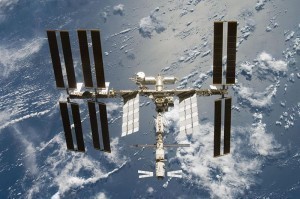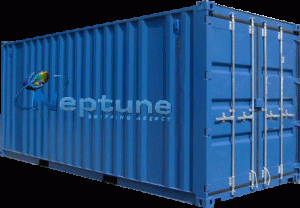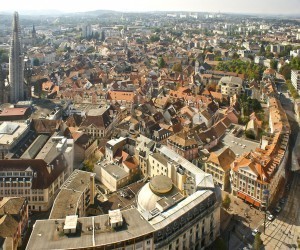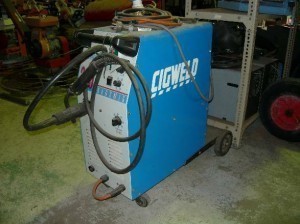International Space Station Size
The size of the International Space Station (ISS) is currently 240 ft / 73 m (length) by  356 ft (108.5 m) wide. The length specified is from the Harmony to Zvezda modules. The weight is 303,663 kg (669,461 lb).
356 ft (108.5 m) wide. The length specified is from the Harmony to Zvezda modules. The weight is 303,663 kg (669,461 lb).
Other Technical Details of the ISS
The living volume is around 358 sq m (or 13,626 sq ft). The atmospheric pressure is 101.3 kPa (29.91 inHg). The perigee is 341 km altitude (184 nmi) and the apogee is 353 km altitude (or 191 nmi). This is as of September 2009. The ISS’ orbital inclination s 51.6419 degrees and has an average speed of 17,239.2 mph (equal to 27,743.8 km/h).
The orbital period is around c.91 minutes and has been occupied for 3,291 days. Its total days in orbit are 4,002. The size of the International Space Station has allowed ii to make c.63,160 orbits. The orbital decay has been at 2 km per month. The ISS makes an average of 15.7 orbits per day.
The International Space Station’s call sign is alpha. The launch pad is KSC LC-39, Baikonur LC-1/5 & LC-81/23. The NSSDC ID is 1998-067A. For the last 9 years, there has been a human presence on the ISS. The current crew is Expedition 21.
The cost of the IISS has been estimated at US$35 to 160 billion. This figure makes the International Space Station the most expensive object ever constructed.
The sheer size of the International Space Station requires the services of numerous types of spacecraft. Several spacecrafts perform various duties around the ISS, from putting in the modules to carrying astronauts. They include the Space Shuttle, the Automated Transfer Vehicle and the H-II transfer Vehicle.
The ISS Modules
There are ten modules in the ISS with an additional six to be installed in the future. The first one put in place was the Zaraya on November 1998. It was used for storage, power and propulsion during the early days of construction. The Zarya is 12.56 m (41.2 ft) long with a diameter of 4.11 m (13.5 ft). The solar array width is 3.35 m (11.0 ft).
The solar array length is 10.67 m (35.0 ft). The size of the International Space Station’s Zaraya module gives it a mass weight of 42,600 lbs or 19,323 kg. The Unity module was the next to be installed (December 1998). The module is 5.49 m (18.0 ft) long with a diameter of 4.57 m (15.0 ft). The mass is 11,612 kg (25,600 lb).
Installation of the Destiny module was finished on February 2001. It is 8.53 m (28 ft) long with a diameter of 4.27 m (14 ft). The mass is 14,520 kg (32,000 lb).
The module has a 20 in (510 mm) window on one side. There are racks in the Destiny used for experiments. They weigh 1,200 lbs (540 kg). Each is 73 in tall by 42 in (1,100 mm) wide.
The size of the International Space Station, and its costs, has met some criticism. However its proponents argue the benefits of the ISS will become more apparent in the years ahead.





